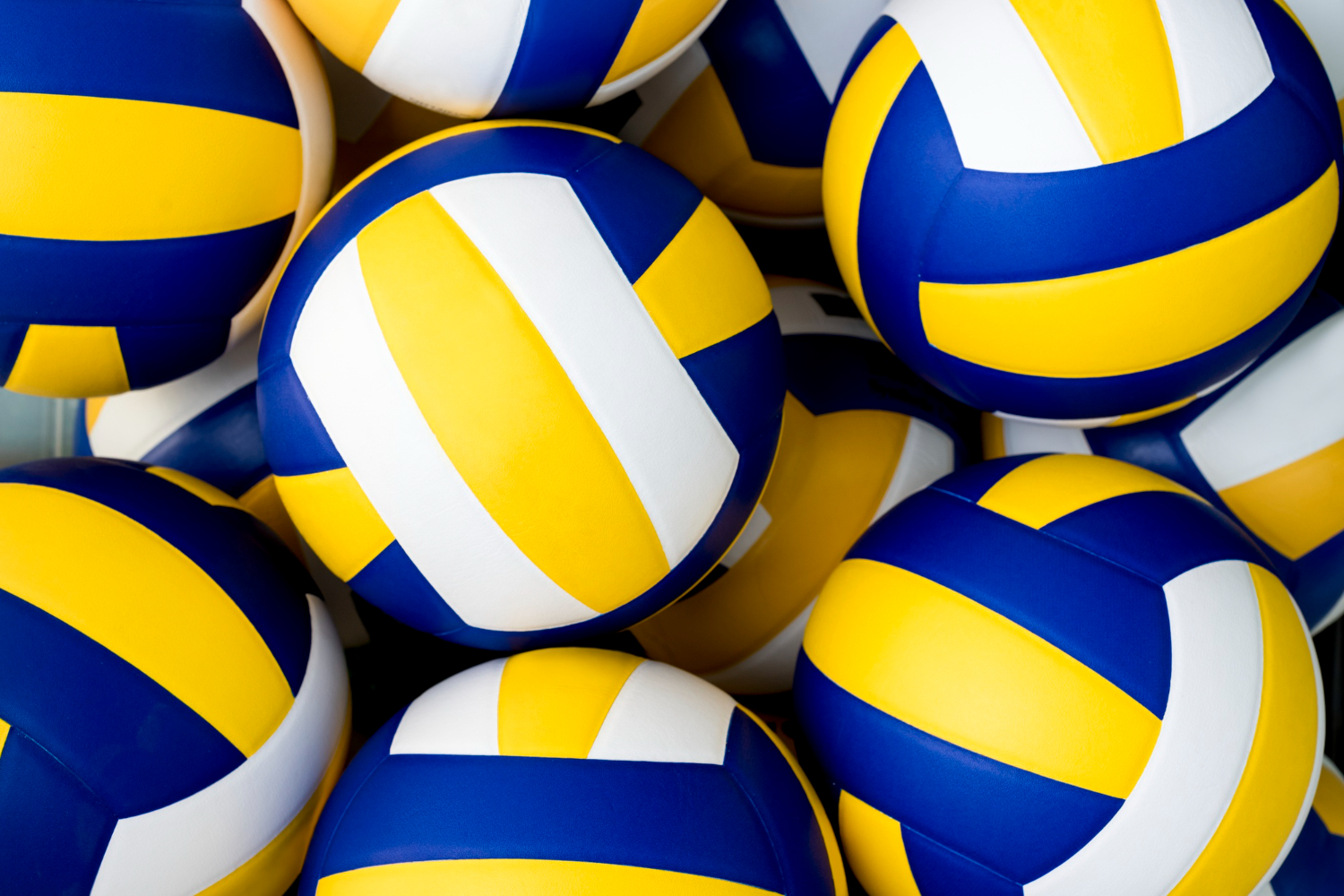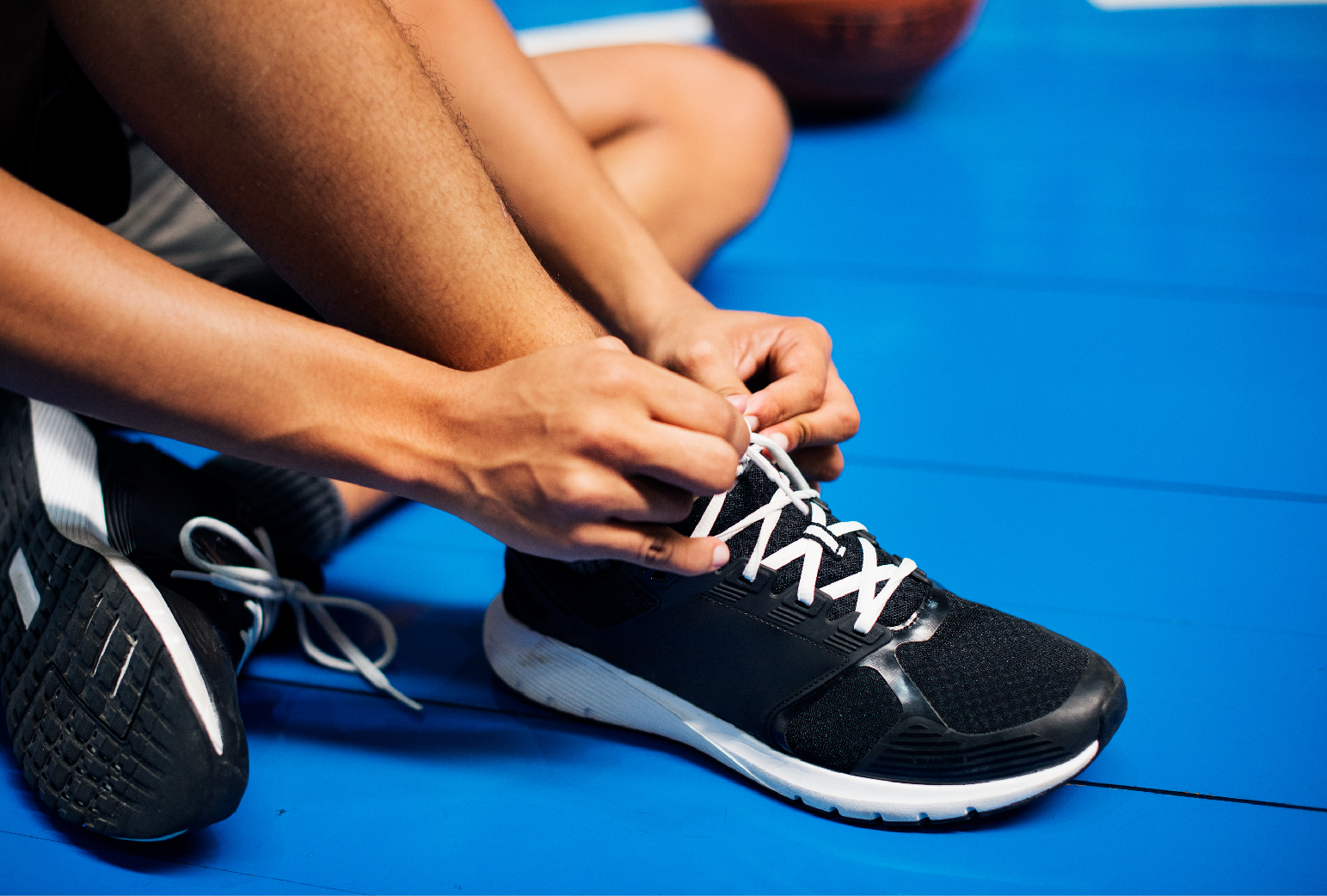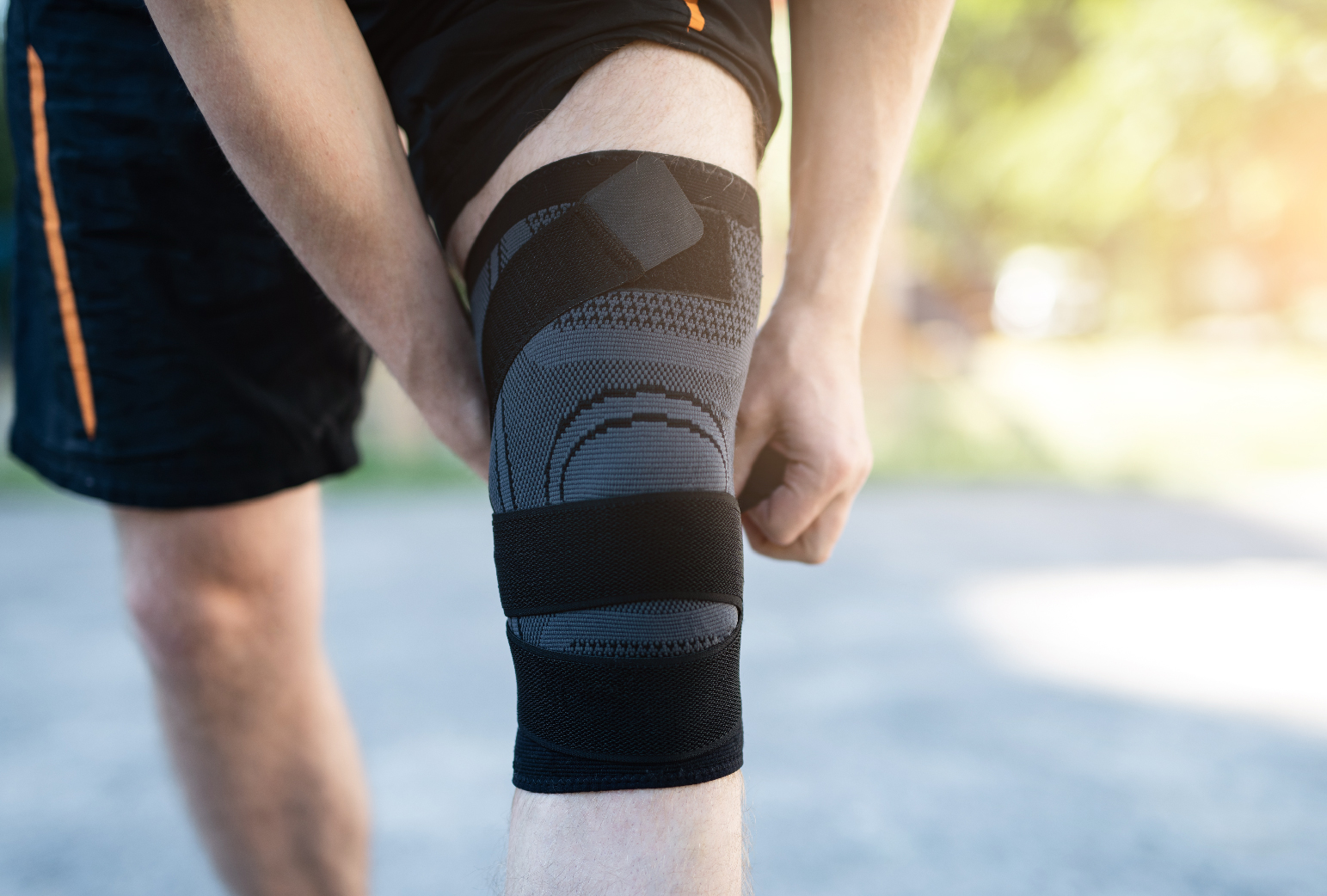

A great option for drop-in sessions and fun times is volleyball. Yes! It is a captivating activity that demands ability and strategy. No matter your skill level, getting a good grasp of the various players for volleyball positions and what they do is essential. Well, It is vital for enjoying the game to its fullest and improving how you play.
Volleyball teams usually consist of six players, each carefully positioned on the court and given a distinct job to perform. Two main areas the front and back row define the positions. Shall we explore these stances further?
Setter (S), Outside Hitter (OH), Libero (L), Opposite Hitter ( RS), Spiker and Middle Blocker (MB) are the primary volleyball positions.
Also, according to the coach’s preferences, a team may have a serving specialist or a defensive specialist; however, these roles are relatively uncommon.
It is the job of the setter (S) to pass the ball around to their peers. They dictate the flow of the offense and are a vital player for the team.
Whoever has the most overall grips at the end of a game qualifies as the setter. They often occupy positions 1 and 9 in the back row and place 2 in the front row near the net. The setter is the attacking leader in volleyball and has to touch the ball every two seconds.
In addition, being able to direct the team and conduct plays effectively is a must for setters. Similarly, a setter’s job is to figure out how to beat the opposing team’s defensive system and then use each second ball to set up the hitter for a possible score.
Superior court knowledge, decision-making abilities, and ball control are qualities of a top setter.
Read More: What is a volleyball setter
Liberos (Ls) are another position in volleyball; they are in charge of the defensive line for their team. American volleyball allows liberos to serve, in addition to their specialization in passing, placing the ball from the back row, performing defense, and hitting.
In addition to wearing an attire that differs from the rest of the team, the libero can choose between playing on the inside or outside of the court many times during a match, based on the order of plays.
Also, the libero must be quick on their feet and an effective leader to direct the defense and make big saves. Rapid footwork, stronghold of the ball, and accurate passing are the key characteristics of a top-tier libero.
The offensive strategy’s primary attacker is the outside batter, often called the left-side hitter. Being able to jump high, react, and adjust to new conditions are all necessary skills for an outsider hitter. Outside hitters must be ready for hits from across the court since the volleyball isn’t always positioned where they like.
Players in this volleyball positions, sometimes called the right-side batter, have to be great at batting. As with the outside hitter, their jumping ability matters since they will also receive many chances to strike the volleyball. Defensive duty is the primary defining feature of the opposite hitter. One of many unique position needs is the ability to take in serve from the opposite side.
The middle blocker defends the front row of the court and blocks shots toward the net. The back row also serves as a defensive unit. This player’s role on the defense relies on their height, allowing them to block goals and make long jumps. The ability to stop and launch quick short hits calls for a middle blocker.
To know where and how to block the opponent’s player, the middle blocker must also be able to read the opposing team’s offensive. Whether the middle is serving or not determines the position the middle blocker plays in the rotation. Strong arm swing, excellent timing, and efficient movement are the qualities of a successful middle blocker.
Volleyball teams rely heavily on their attackers. The attacker is responsible for scoring goals for the team by skillfully spiking the ball. An attacker ought to hit the ball with maximum force as a first piece of advice. Increasing the force with which you strike the ball makes it more difficult for the defenders of the other side to keep up with your attack.
Conversely, hitters need to spike the ball accurately and aim for the goal as much as possible. A strong basis in spiking technique is essential if you want to make it as an attacking volleyball player.
There are a total of six players on the floor for each side. Each player takes their place in one of two rows as the game begins. Except for the libero, each player takes turns playing in the front and back rows of the playing area during the match. Players strike and block from the front row. Defense and digging are the responsibilities of those who play on the back row.
While serving or winning a side out, players go around the court one position at a time in a clockwise direction. Following the serving of the ball, players are free to switch places. The other side scores a point if a player switches places before serving the ball.
You’ll see position one at the bottom right side of the court. From the left to the right on the first row, you can make out the numbers two, three, and four. The numbers one, six, and five are on the rear row, running from left to right. Learn more about volleyball rotation.

Hi, I'm David Muse, the founder of Volleyball Spikes. My days are spent with workouts and article writing, mostly for Volleyball Spikes. With 15 years of expertise and a history of competing on an international scale... It's fair to say that my knowledge of volleyball is pretty good.
MEGA4D is your go-to destination for comprehensive knowledge about volleyball game-play. Get a complete buying guide to the best and latest volleyball equipment, learn about volleyball positions, rules and training to train yourself with expert experience!



Subscribe to our newsletter and we’ll send you the emails of latest posts.
Copyright © Volley Ball Spikes 2023. All Rights Reserved Design By Digital Korbax LLC